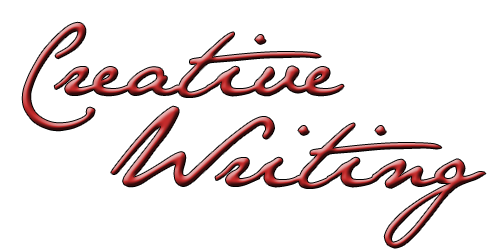C h a r a c t e r
-
First, I’m going to share with you what my professor
told me: “Character is plot, and plot is character”
-
Characters are going to tell your story. Without them
you have a description of a setting with nothing going on. They will go
through conflicts and shape the plot of your story. You can have one
character or several, it all depends on what kind of story you want to
tell.
-
Conflict: tension/unresolved matters with
another entity or within. Some sort of balance is shaken. The character
is often unwilling to change, which creates the conflict
Round
Characters vs. Flat Characters
Flat:
have very few traits, most or all of them are predictable. Actions are
usually poor motivated or not motivated at all. They are stereotypical
and archetypes. Flat characters are useful is secondary characters
because not every character can be fully developed in a short story.
Round:
these characters undergo a discovery of some kind (they OBSERVE). Think
about their habits as traits, not their identity. There is more to them
than just a shallow surface. They are more like real, motivated people.
Your protagonist should be a round character.
Creating
Characters:
- Run the gamut of details
- Autobiographical: look to your own life and experiences
to find characters
- Biographical: based on people you know or people you’ve
observed
- Mixed: use a combination of the other three
Your character
must have a DESIRE. Your character wants something/someone and is
trying to get it.
How are
characters portrayed?
- Summary: explains, tells (does not show). Good to bring
the reader up to date at the beginning of the story.
- Repeated Action/Habit: Shows, rather than tells, the
reader something.
- Self Portrait: character talks about himself, perhaps by
looking at a photograph or in a mirror.
- Appearance: the narrator directly describes what a
character looks likes
- Scene/Dialogue: dialogue is a huge part of portraying a
character, it gives depth.
WRITING EXCERSISES
1. Write a scene with a main character and a secondary
character. Make sure that your main character is round and your
secondary character is more flat (doesn’t have to be completely flat,
but can, just make sure your main character is the most round).
2. Go outside and do some people watching. Pick a
person walking by and write a little story about him/her. Where is
he/she going? What does he/she want? What is he/she like?
|

